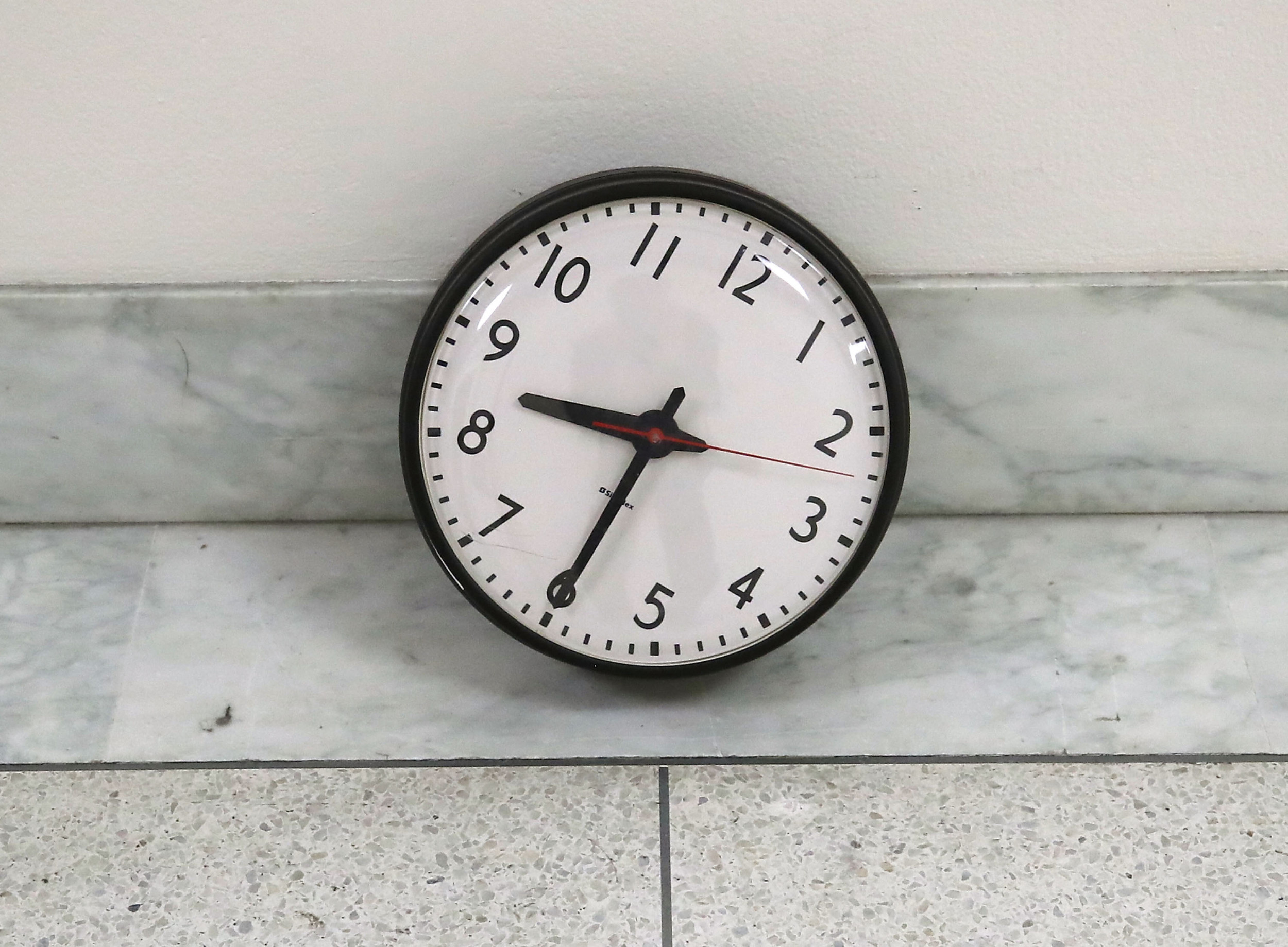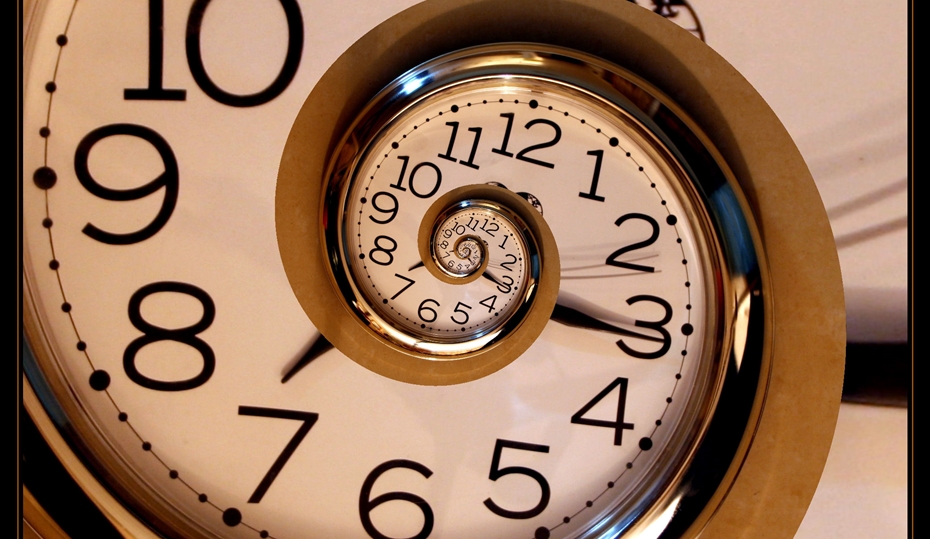

It may surprise you to know that the idea of setting the time forward and back with the fluctuations of the seasons and daylight actually has a very long history.

Where does Daylight Saving Time come from? Throughout the rest of the year, the CET time zone is observed in the Netherlands, which is just one hour ahead of UTC.

During these months, the Netherlands is two hours ahead of Coordinated Universal Time (UTC). Like many countries across Europe, the Netherlands has two time zones: Central European Time (CET) and Central European Summer Time (CEST).Īs the name would suggest, CEST is observed between the end of March and the end of October, when daylight savings is in effect. How does DST affect the Netherlands' time zone? In 2023, this means the clocks are going forward on March 26, and will go back on October 29. These changes occur annually on the last weekends in March (when the clocks go forward by one hour) and October (when the clocks go back by one hour and daylight savings comes to an end). This means that twice a year, people across the country dutifully set their clocks forward and back one hour. Love it or hate it, the fact remains that Daylight Savings Time (DST) is also practised in the Netherlands. So we ask, why do we change the clocks twice a year, and will this practice continue forever? Daylight Savings: Does the time change in the Netherlands? It's been this way for so long that almost nobody questions it, but to expats who might have different experiences in their home countries, it can be the source of some confusion. Every year in March and October, people in the Netherlands and around the world set their clocks forward and back one hour.


 0 kommentar(er)
0 kommentar(er)
